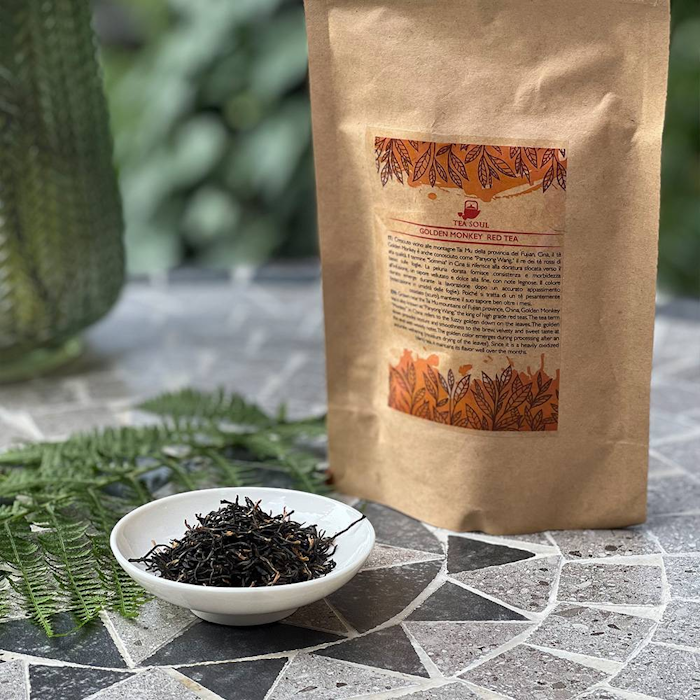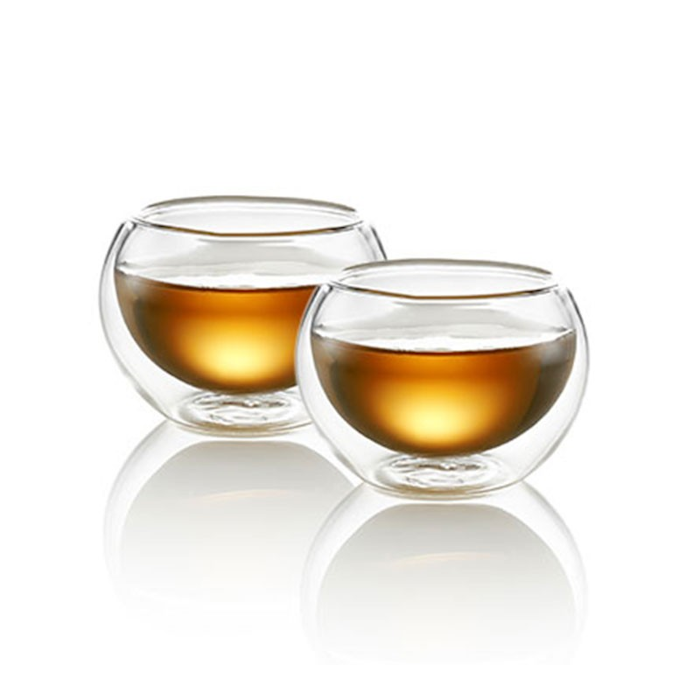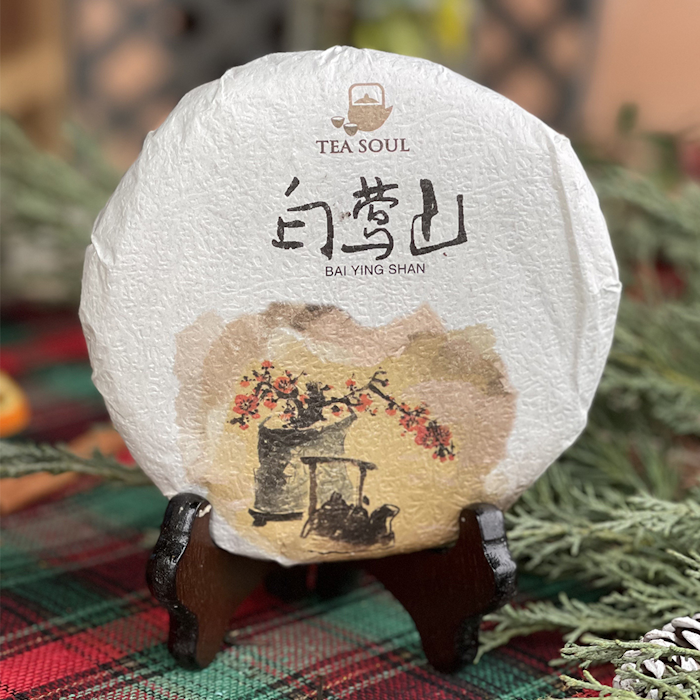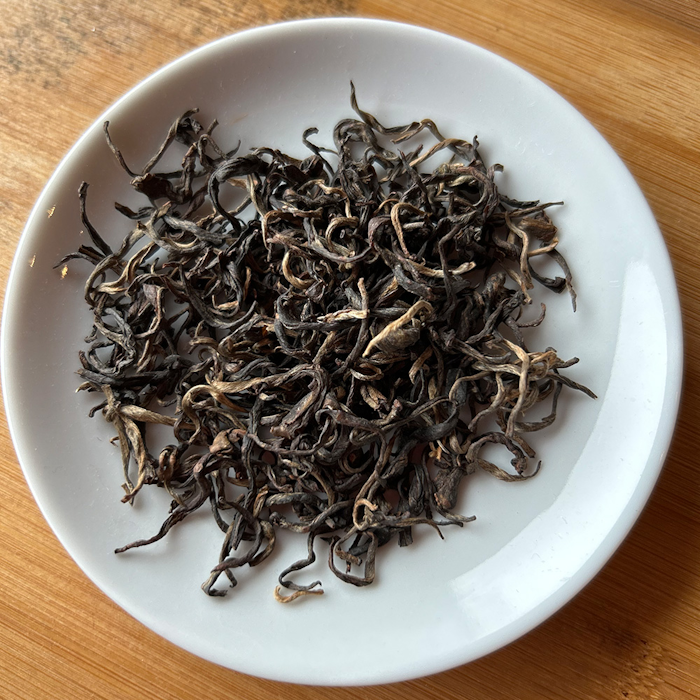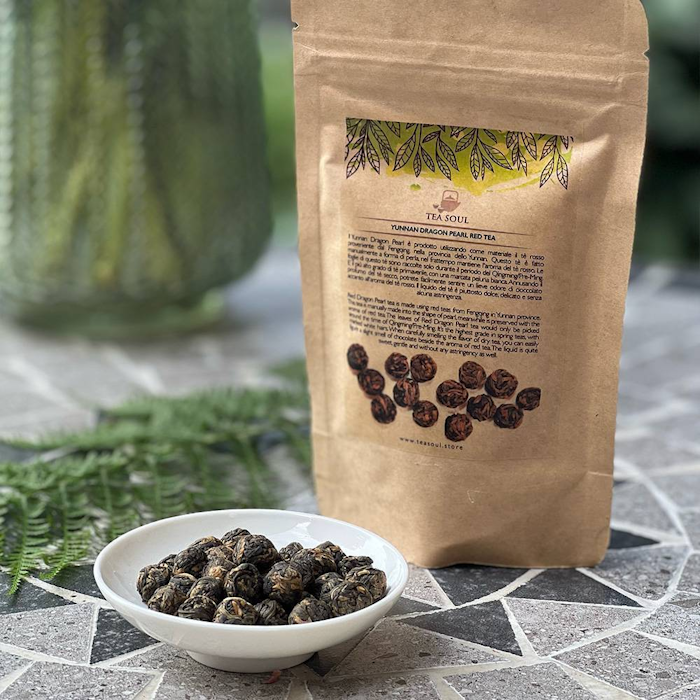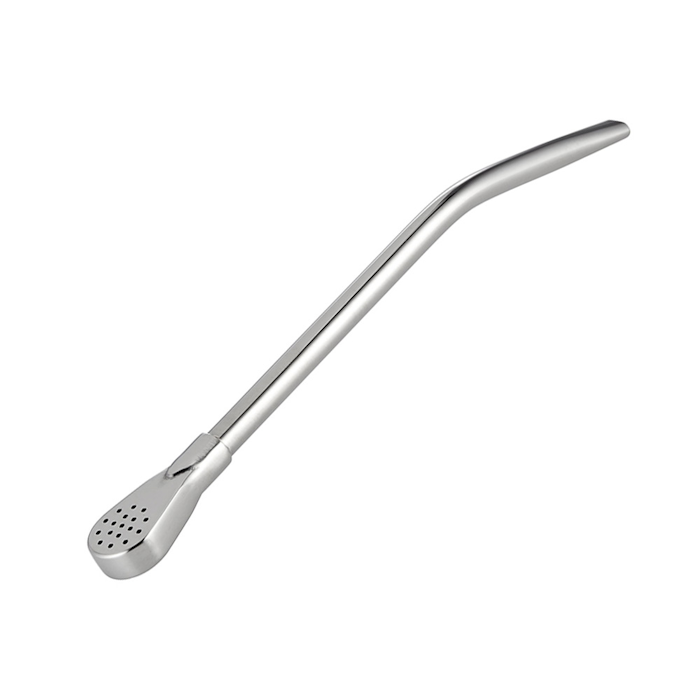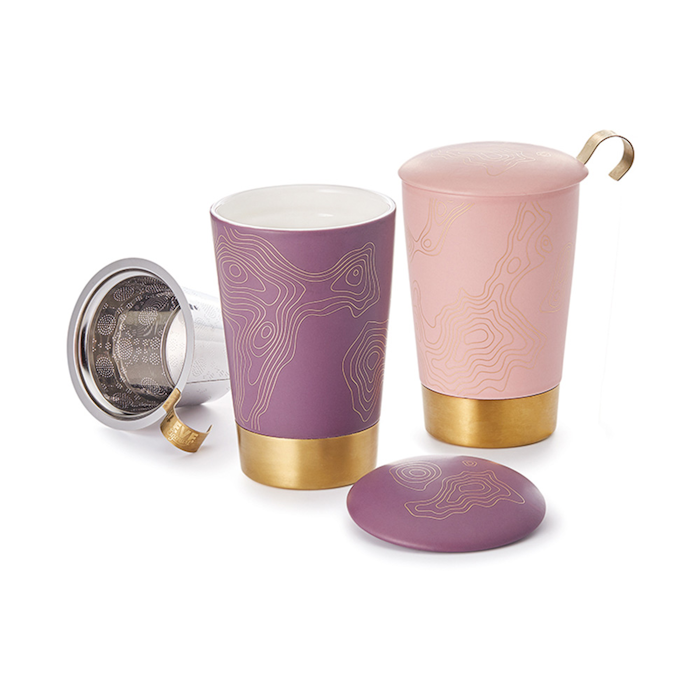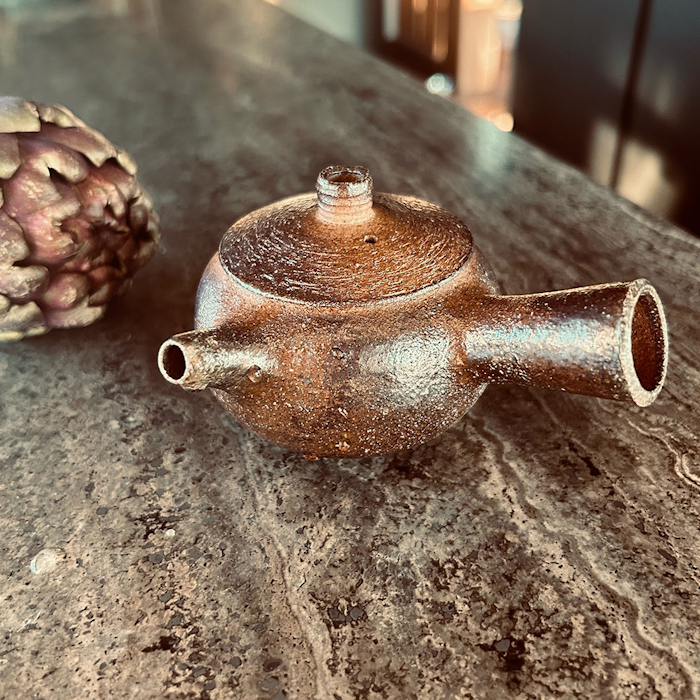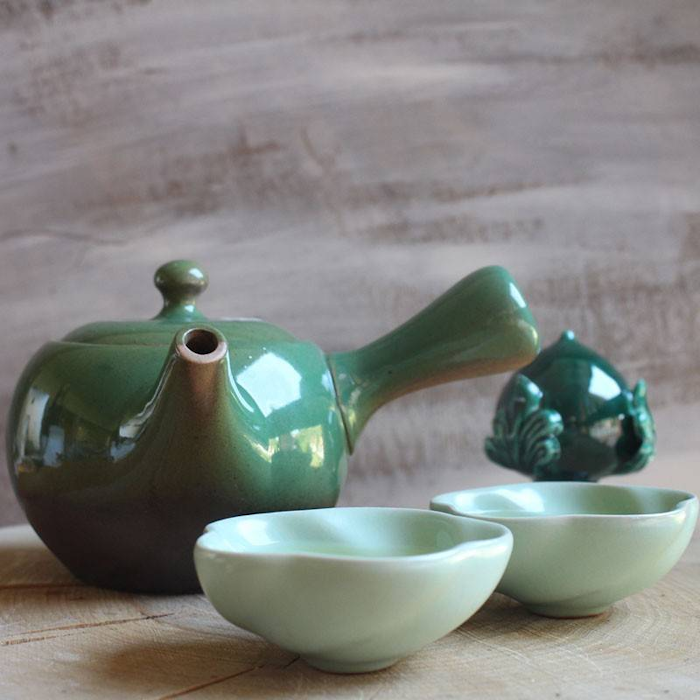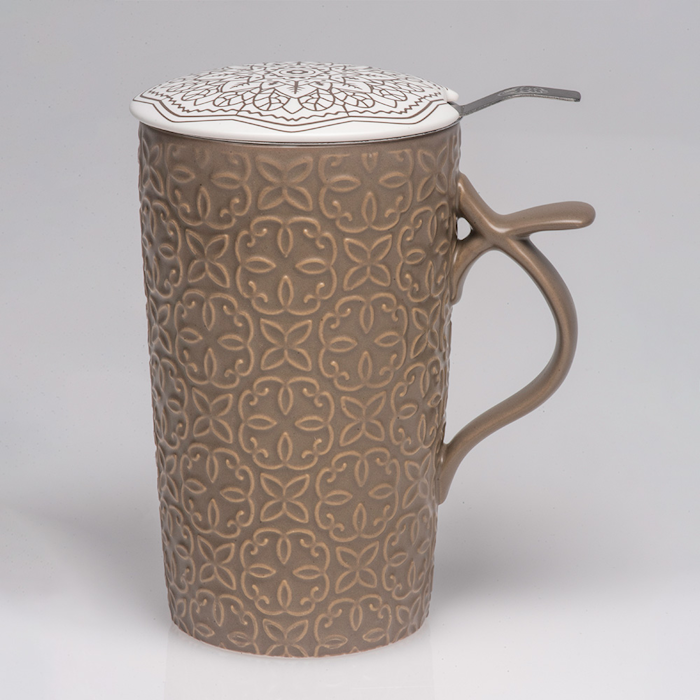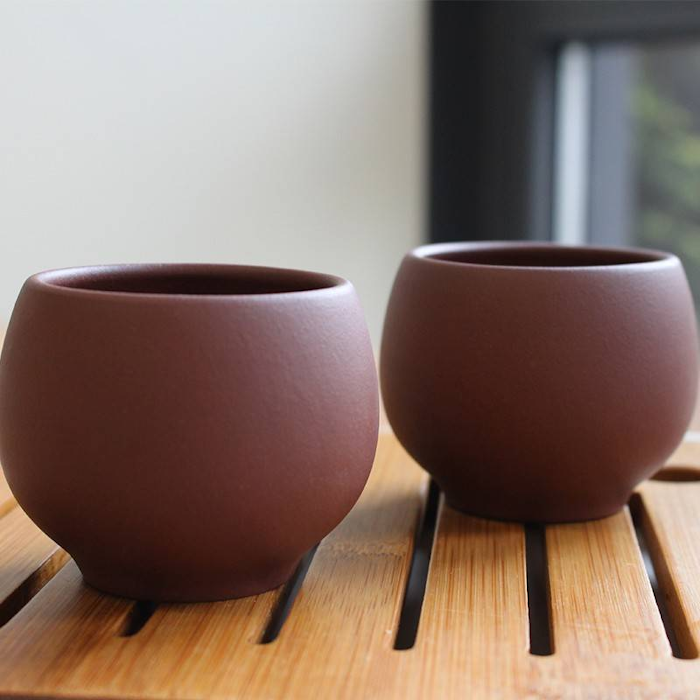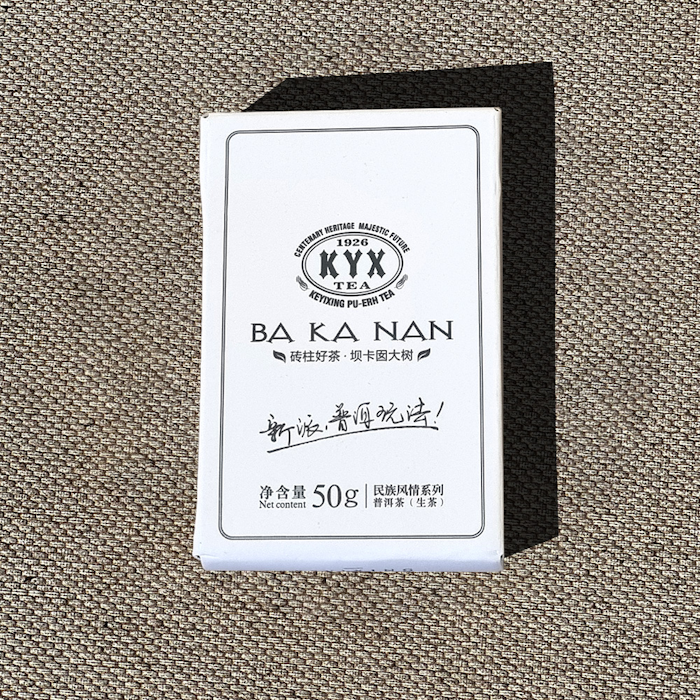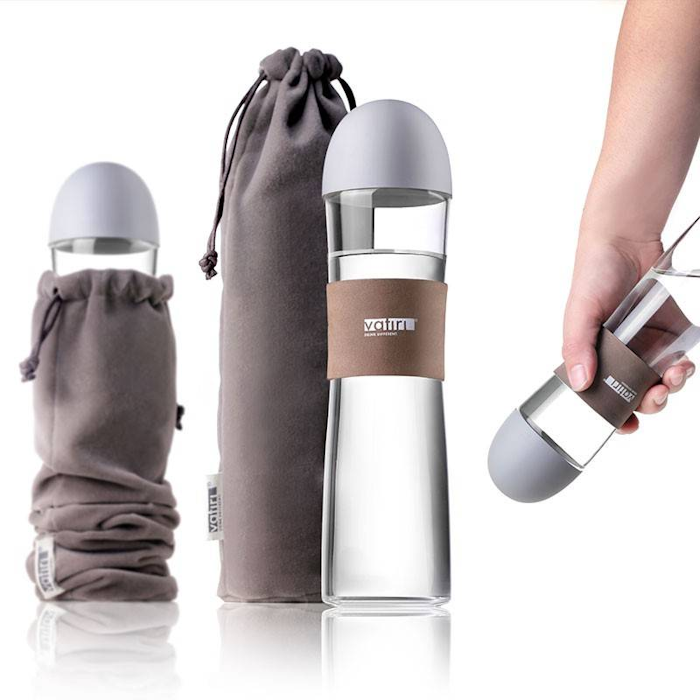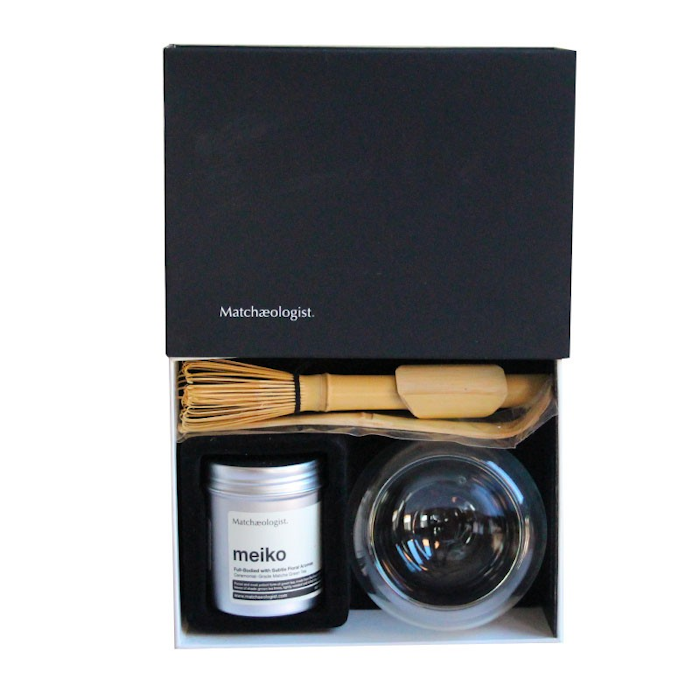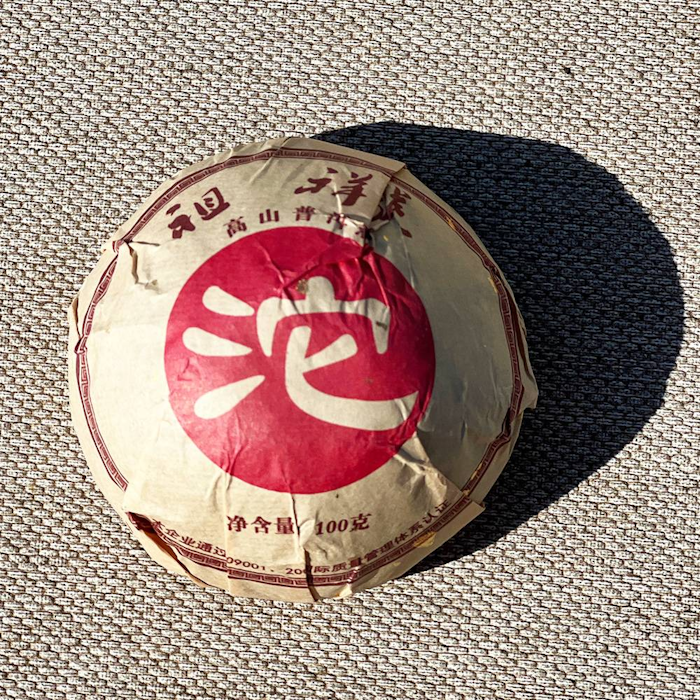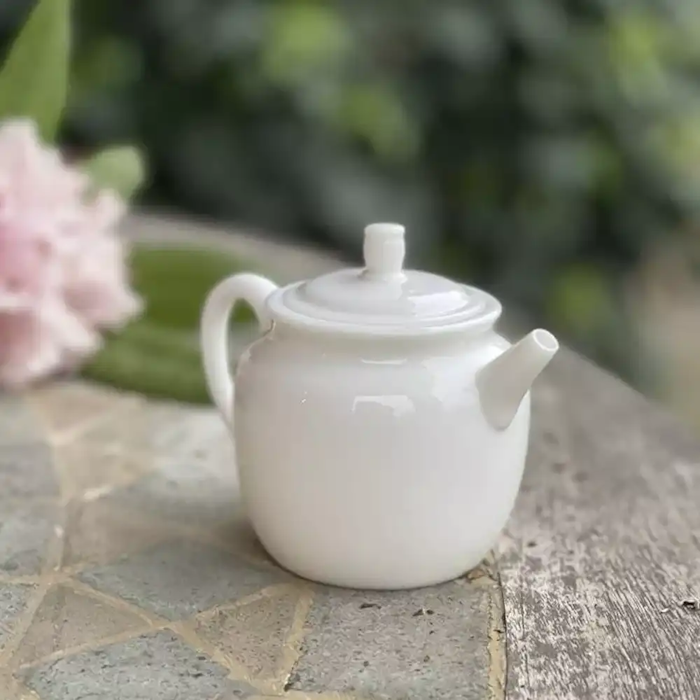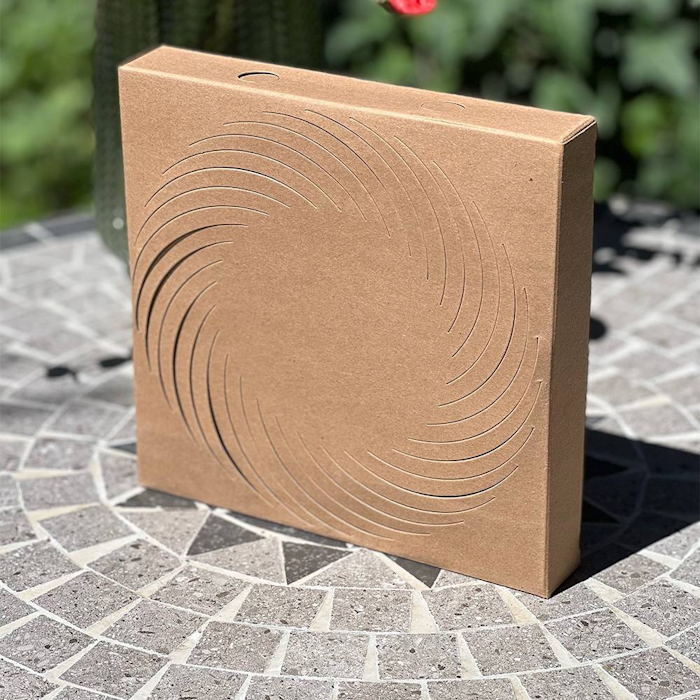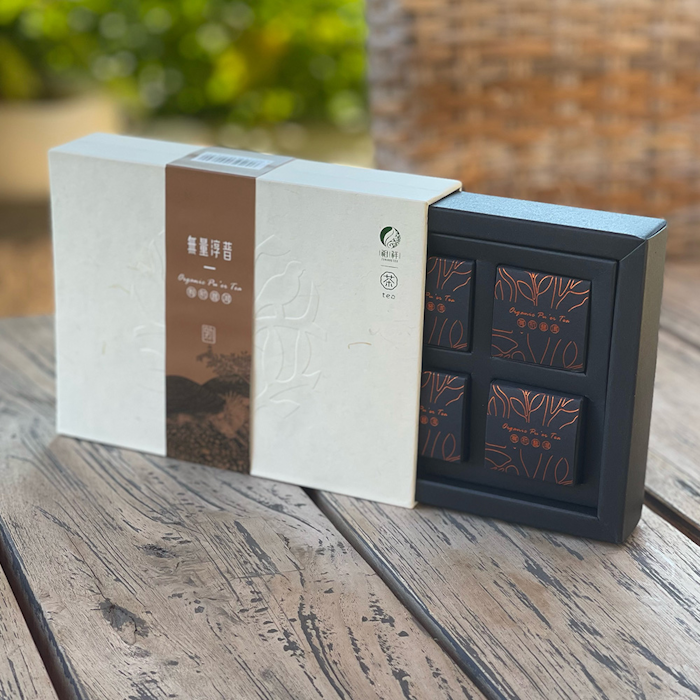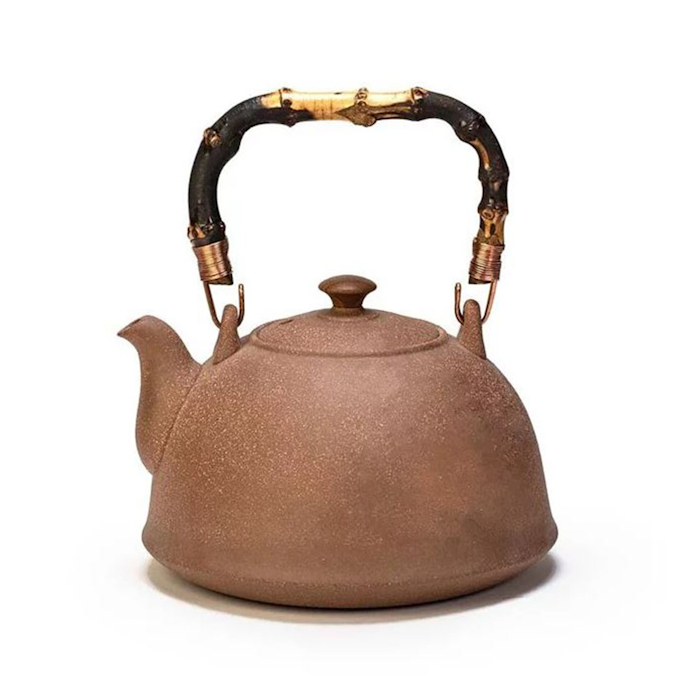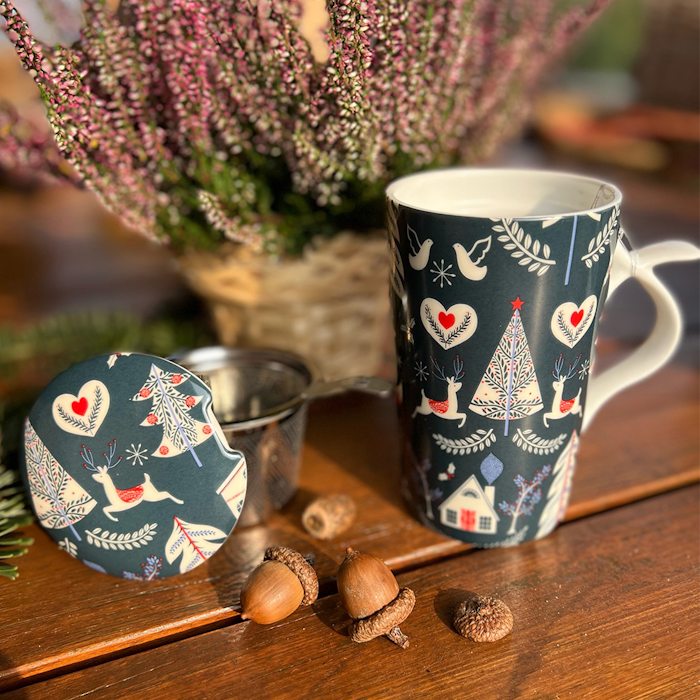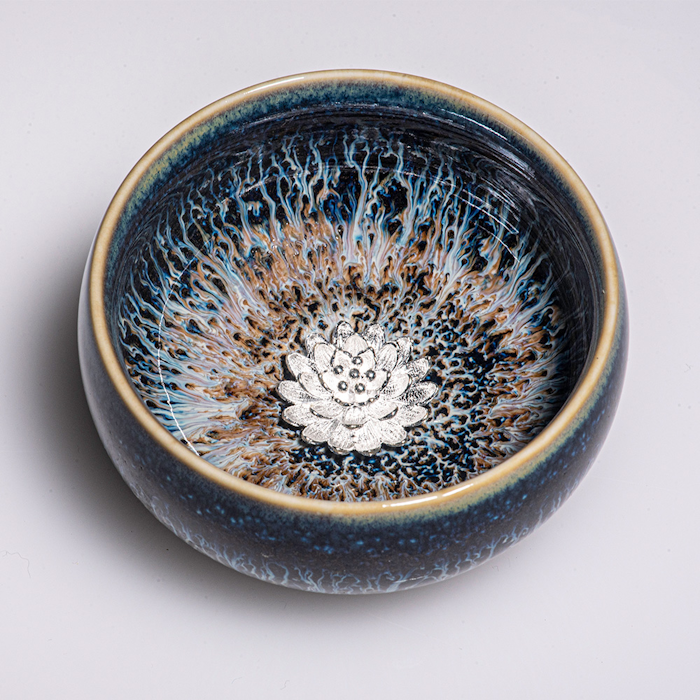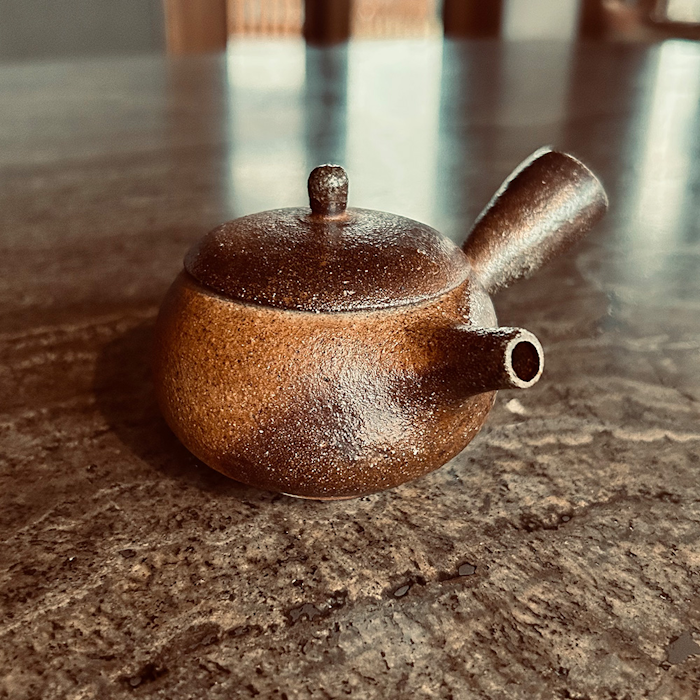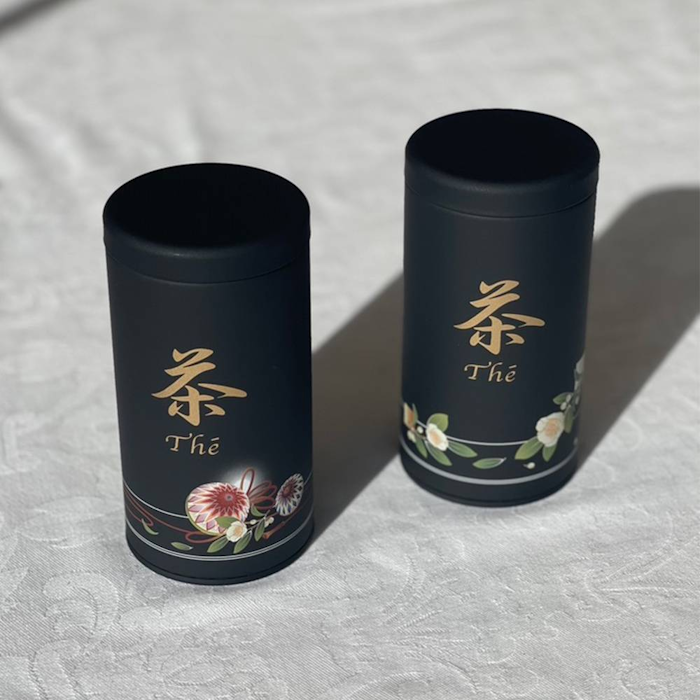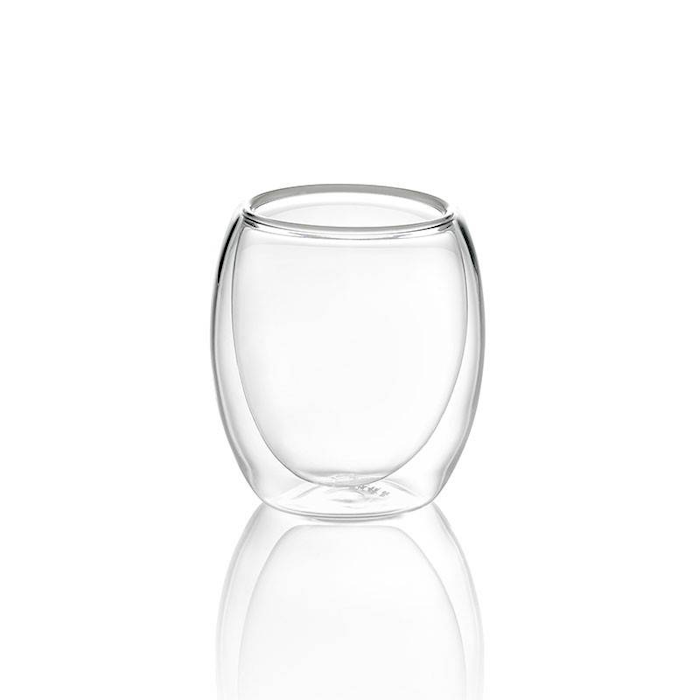The Golden Monkey or "golden monkey" is a very renowned and popular red tea in China. This tea does not have a precise area of origin but we can find it mainly produced in Fujian and Yunnan, in areas where suitable cultivars are found to obtain this variety. The Golden Monkey that we present here is in fact from the Fujian region but its harvesting and processing method is the same in both of the aforementioned regions.
A peculiarity that distinguishes this tea is the selection of the leaves that is made at the time of harvesting: in fact, small leaves are specially selected along with a good percentage of golden buds, which with their curved shape also give this tea its famous name - the Chinese say that such shape recalls monkey nails. Given the careful selection during harvesting and subsequent processing, this tea presents a wealth of flavors in the cup that is truly remarkable.
What most characterizes this tea are its hints of citrus, particularly orange peel. This fruity note, along with a full-bodied texture and a slightly woody hint, makes Golden Monkey an excellent tea for the winter period.
Tasting - Sight and Smell
Golden Monkey red tea has fragrant and fragrant small to medium-sized whole leaves, delicately rolled in shape and brown in color, with numerous buds between ochre and coppery. Once infused, they release woody aromas and sweet notes of malt and caramel, with a hint of cocoa bean and a pleasantly fresh, citrusy finish. In the cup, the liqueur is orange-red in color, transparent and very bright.
Tasting Notes
GONG FU CHA
The first infusion of Golden Monkey red tea has sweet notes of cocoa, quince jam and lime honey. With the second infusion, the sweetness of cocoa is combined with the fruity, sugary sweetness of dates. Delicate and fresh citrus fruit notes also appear, particularly of orange and bergamot. A hint of fragrant wood and a memory of sweet pipe tobacco also emerges. With the third infusion, the cocoa becomes even more intense, until it evolves into notes of chocolate and dark mousse: the body of the tea also gains more density and envelops the palate like velvet. The malty and woody notes are also quite loaded, while the finish is fresh and slightly citrusy, without a trace of astringency or bitterness.
TO THE WEST
Golden Monkey red tea presents sweet cocoa notes in the opening, followed by malt notes and citrusy hints reminiscent of fruits such as quince and orange. Later, notes of sandalwood and faint floral notes of rose and wildflowers can also be discerned on the palate. Sweet hints of cooked fruit (apples and pears) and a slight spicy note of cinnamon emerge on the finish. The body is enveloping but not overly dense on the palate, certainly soft and round, lacking astringency or bitterness. The persistence proves to be long and malty, with sweet cocoa notes.
Location of origin
Near the Tai Mu Mountains of Fujian Province, China.
Production
After harvesting, Golden Monkey red tea leaves are left to wither in the sun for a certain amount of time depending on the producer before moving on to the folding stage. The leaves are then folded and rolled so that the juices inside are stirred and the oxidation process can begin. Once the leaf reaches its typical brown color the residual internal moisture is removed and after a few days of resting, the tea is ready to be consumed.
Preparation
We strongly recommend infusing Golden Monkey red tea in the traditional Chinese method with a gaiwan with a capacity of about 150 ml. By following this preparation, multiple infusions can be made with 5 grams of leaves that are useful to best capture all the flavor nuances of the tea.
Heat the water to a temperature of 90°C: proceed to briefly rinse the leaves and then to an initial infusion of 20 seconds. Keeping the water at the same temperature, you can then continue to make use of the same leaves by adding more water and increasing the infusion time by 10 seconds each time (20 - 30 - 40...).
This tea has a longevity of about 6 infusions.
For a more classic preparation according to the Western style, we recommend 3 grams of leaves in a 200 ml cup with water at 90°C for an infusion time of 3 minutes.
For a better tasting experience, we suggest that you strain the tea as soon as the infusion time is over. Our suggested infusion timings can be slightly modified to your liking to achieve a more or less intense taste.
We recommend storing in a cool, dry place away from direct sunlight.


